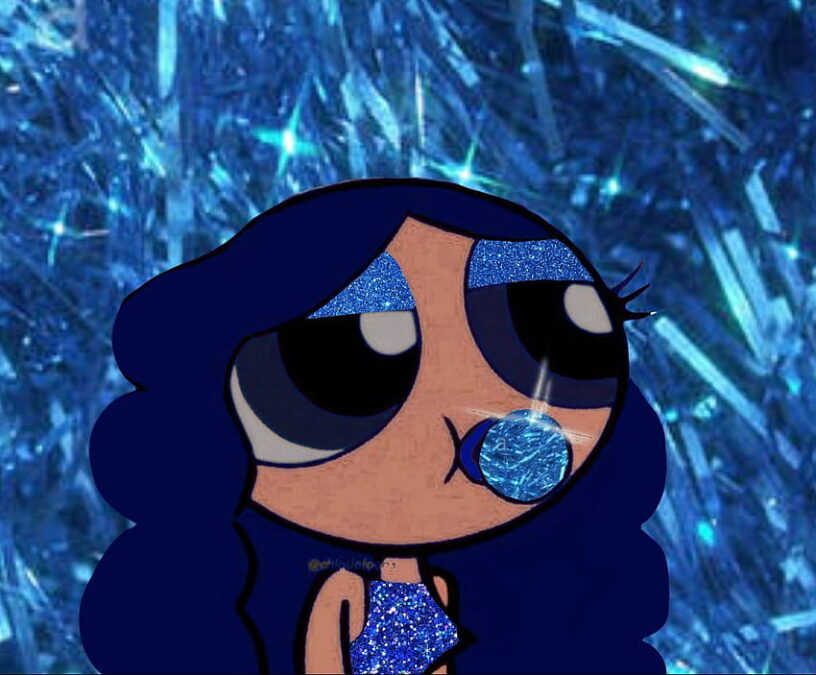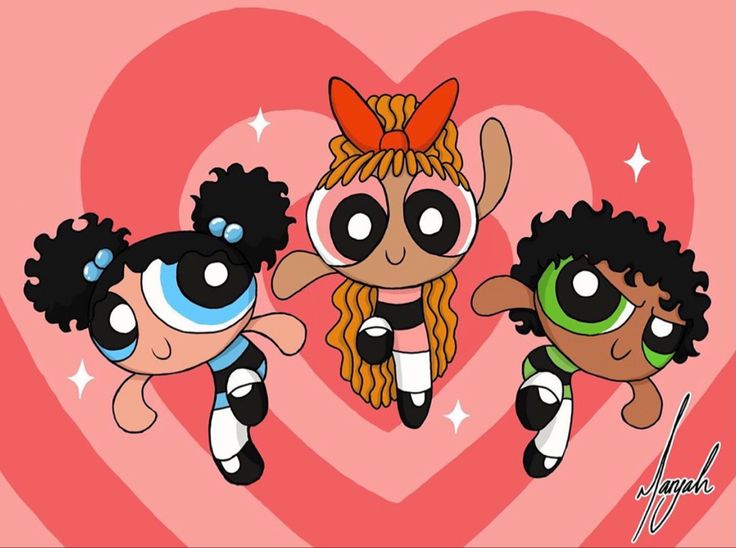Introduction
The Black Powerpuff Girls have been a beloved part of pop culture since their debut in the late 1990s. Created by Craig McCracken, the original trio—Blossom, Bubbles, and Buttercup—captured the hearts of millions with their unique blend of sugar, spice, and everything nice. However, as conversations about diversity and representation in media have grown, so has the demand for more inclusive characters. Enter the Black Powerpuff Girls—a symbol of progress and a step toward a more representative world of animation.
In this article, we’ll explore the origins of the Black Powerpuff Girls, her impact on fans, the importance of diversity in animation, and what her presence means for the future of children’s media.
The Origins of the Black Powerpuff Girl
Who is the Black Powerpuff Girls?
In 2017, Cartoon Network introduced a new character to the Powerpuff Girls universe: Blisstina Utonium, affectionately known as Bliss. Bliss is the long-lost older sister of Blossom, Bubbles, and Buttercup. Unlike her sisters, Bliss is depicted as a Black girl with purple hair and a unique sense of style. Her introduction marked a significant moment in the history of the show and in the broader landscape of animated television.
Why Was Bliss Introduced?
The introduction of Bliss was a direct response to the growing call for diversity in children’s programming. For years, fans and critics alike had pointed out the lack of representation in animated shows, especially for Black girls. By creating a Black Powerpuff Girlsl, Cartoon Network acknowledged the importance of inclusivity and gave Black children a superhero they could see themselves in.
The Impact of the Black Powerpuff Girl

Representation Matters
Representation in media is more than just a buzzword—it’s a crucial aspect of how children see themselves and the world around them. When Black Powerpuff Girls see a character like Bliss, they see possibilities. They see that they, too, can be superheroes, leaders, and role models.
Fan Reactions
The introduction of Bliss was met with excitement and enthusiasm from fans around the world. Social media buzzed with positive reactions, fan art, and heartfelt messages from viewers who finally felt seen. Many parents expressed gratitude for a character that their children could relate to on a deeper level.
Criticism and Controversy
While the response was largely positive, there were also criticisms. Some fans felt that Bliss’s introduction was too brief and that her character wasn’t given enough screen time to develop fully. Others argued that true representation requires more than just adding a new character—it requires thoughtful storytelling and meaningful inclusion.
The Importance of Diversity in Animation
Breaking Stereotypes
For decades, animated shows have often relied on stereotypes or have excluded characters of color altogether. The introduction of the Black Powerpuff Girls helps break these patterns by presenting a Black character who is smart, powerful, and complex.
Inspiring the Next Generation
When children see diverse characters in their favorite shows, it inspires them to dream bigger. It teaches them that heroes come in all shapes, sizes, and colors. This kind of representation can have a lasting impact on self-esteem and ambition.
Setting a New Standard
The addition of Bliss sets a new standard for what audiences expect from animated series. It challenges other creators to think critically about the characters they develop and the stories they tell.
The Story of Bliss: Powers and Personality
Unique Powers
Bliss isn’t just a copy of her sisters—she has her own unique powers. Her abilities are tied to her emotions, making her both incredibly powerful and sometimes unpredictable. This adds depth to her character and allows for interesting storylines that explore themes of self-control, growth, and acceptance.
Personality Traits
Bliss is portrayed as intelligent, caring, and a bit more mature than her younger sisters. She struggles with the pressure of being different and the fear of not fitting in, which are relatable themes for many viewers. Her journey is one of self-discovery and acceptance, making her a role model for children facing similar challenges.
The Broader Movement: Diversity in Children’s Media
Other Examples of Representation
The Black Powerpuff Girl is part of a larger movement toward diversity in children’s media. Shows like Doc McStuffins, Craig of the Creek, and The Proud Family have also made significant strides in representing Black characters and stories.
The Role of Creators and Networks
It’s not just about adding diverse characters—it’s about hiring diverse writers, animators, and producers who can bring authentic stories to life. Networks like Cartoon Network and Disney are increasingly recognizing the value of diverse voices in the creative process.
The Future of the Powerpuff Girls
Will Bliss Return?
Fans continue to hope for more episodes featuring Bliss. Her character has so much potential, and many believe she deserves a more prominent role in the Powerpuff Girls universe. Whether through new episodes, spin-offs, or even a standalone series, the demand for more Bliss is clear.
Expanding the Universe
The success of the Black Powerpuff Girls opens the door for even more diverse characters in the future. As the Powerpuff Girls franchise continues to evolve, there’s an opportunity to introduce heroes from all backgrounds, reflecting the rich diversity of the real world.
Conclusion
The introduction of the Black Powerpuff Girl, Bliss, is a milestone in the journey toward greater diversity and representation in animation. Her presence on screen sends a powerful message to children everywhere: you are seen, you are valued, and you can be a hero.
As fans continue to celebrate Bliss and advocate for more inclusive storytelling, it’s clear that the world of animation is changing for the better. The Black Powerpuff Girl is more than just a character—she’s a symbol of progress, hope, and the limitless potential of every child.



